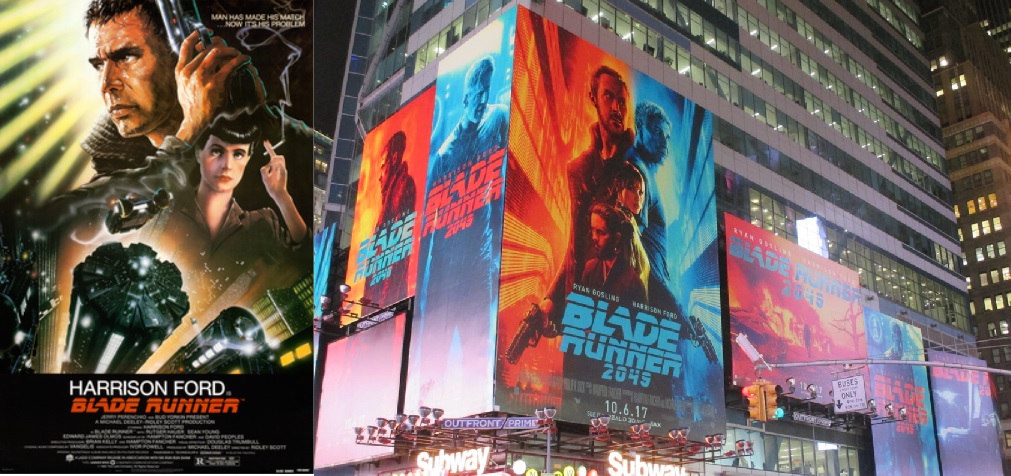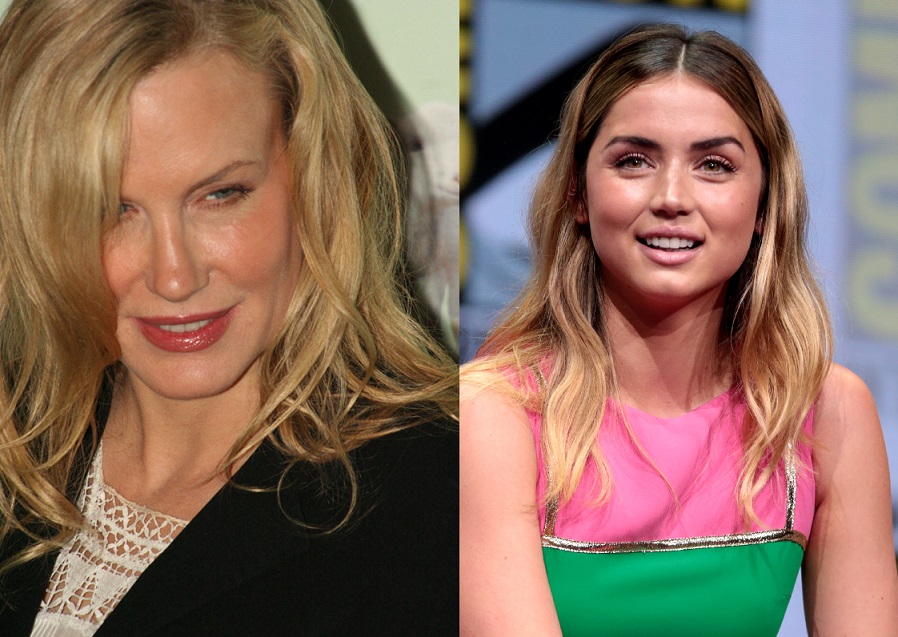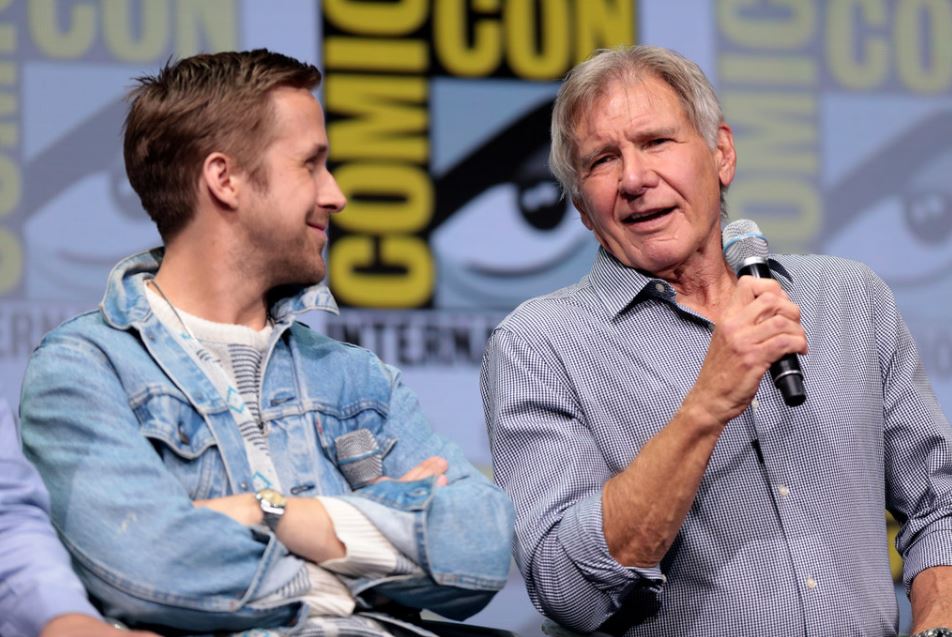Undergraduate student Victoria Farrow explains that the later of the two Blade Runner films takes a rather more enlightened approach to gender politics…
Everyone must have seen the original Blade Runner (1982), based in an urban Asian city filled with neon lights. Unsurprisingly the sequel has also received a lot of attention. It follows the same presentational style as the original, but also delivers interesting concepts which the original lacked. If you haven’t seen both movies, watch them now – I can promise they are worth it.
Both Blade Runner (1982) directed by Ridley Scott and Blade Runner 2049 (2017) by Denis Villeneuve ask the fundamental question: ‘What does it mean to be human?’. Both films contrast the life of a real person with a robot- “the replicant”- and scholars suggest that one way of defining humans is by their gender. In general, male protagonists are showed as ‘violent’ and ‘macho’ while female protagonists are ‘sexual objects’. Of course, such thinking has met with lots of criticism for its crass stereotyping. Unfortunately, these contrasts exist beyond the movies and play out in our everyday lives, even though nowadays gender lines are more blurred. While the Blade Runner movies are both characterized by exceptional filmography, the 2017 remake seems to be less stereotyped and incorporates more a more enlightened approach to gender.

According to some, Blade Runner (1982) fails ‘the Bechdels test’ which requires a film to feature two or more named female characters talking to each other without a man being present. Most of the women presented in the movie seem sexualized in order to appeal to the male audience. The character of Priscilla Stratton aka Pris (Daryl Hannah) – a replicant foreseen as a ‘’basic pleasure model’’ – is typical of this, as she was there just to look pretty.
In the sequel, however, Villeneuve introduces a new artificial intelligence known as “Joi” (Ana de Armas), whose job was to fill the requirements of its male customers. This operating system was bought by K himself (the main character played by Ryan Gosling). In one scene he comes back to his apartment and is greeted by a hologram form of Joi who is doing everything to fit his needs and mirror his moods. Although it seems like the sequel might have the same problems as the original with its gender representations, the reality is different.

Denis Villeneuve is a director who challenges tradition and creates his own reality. Women in his movie are resexualised in order to shed light on and disrupt these generally disrespectful approaches to women. Even though women are undermined in most of the screen time, indeed, it turns out that the most important character is a woman.
‘In a surprising plot twist, it turns out that it is not a male character (Ryan Gosling) who is the miracle child, but a female character – a scientist Dr Ana Stella (Carla Juri). She was not at all sexualised like the women in Blade Runner (1982), but is actually an educated memory maker known as the best in her profession. The main character is male, but it is the female who is the real hero and who will rebuild the world previously destroyed by man. The presence of this concept is a promise of change in the movies, but also in real life.

There are also some changes in the way men are presented. Much of modern media and modern life reinforces the cultural idea of masculinity, where men are tough and aggressive. In Blade Runner (1982) there is a scene between Deckard (the main protagonist played by Harrison Ford), who seems to fall in love with Rachael (Sean Young)- a replicant. Unfortunately, his feelings are expressed aggressively and without tenderness, and the whole scene is an uncomfortable to watch and an example of ‘toxic masculinity’.

In Blade Runner 2049 (2017) the main protagonist K also seems to falls in love with his artificial intelligence- Joi. However, the movie shows that embracing those emotions is necessary irrespective of background, gender or race. K’s love defines him and drives his life choices. This is the concept presented by Dennis Villeneuve- that love and feelings define human beings.
So while both movies contain some problematic gender representations, the sequel adopts a much less stereotypical approach. Denis Villeneuve approaches gender more positively than Ridley Scott, and Blade Runner 2049 (2017) shows that women can provide solutions to the world’s problems and men can show their affection. After all, that’s the big difference between people and artificial intelligence- humans have feelings.